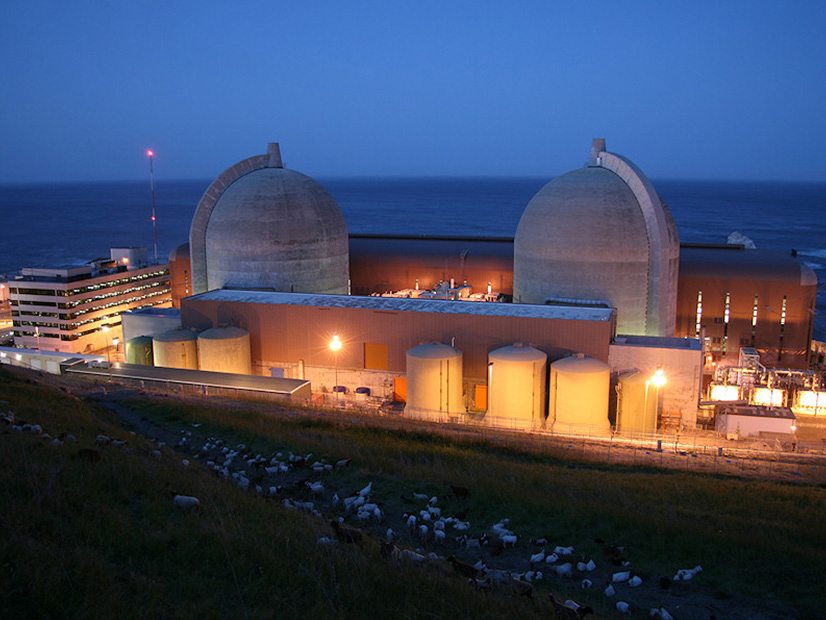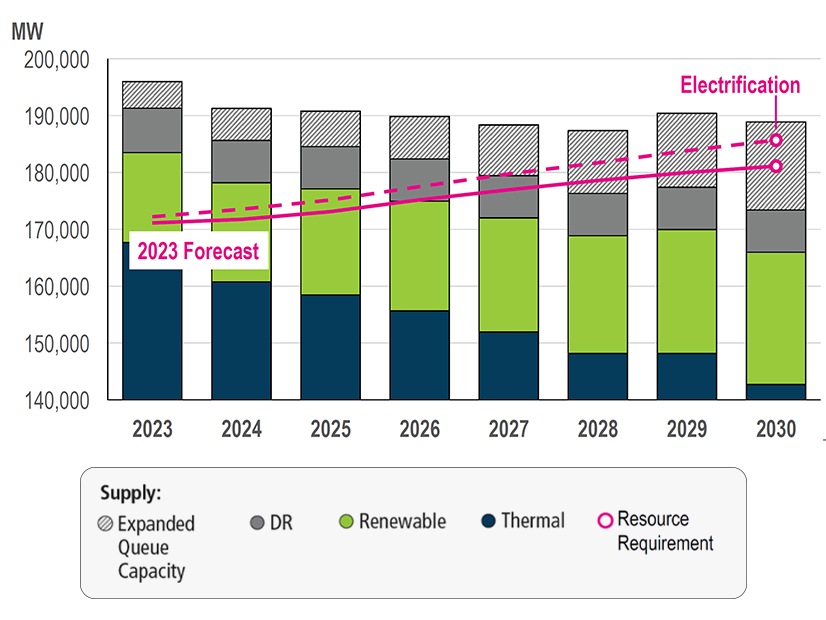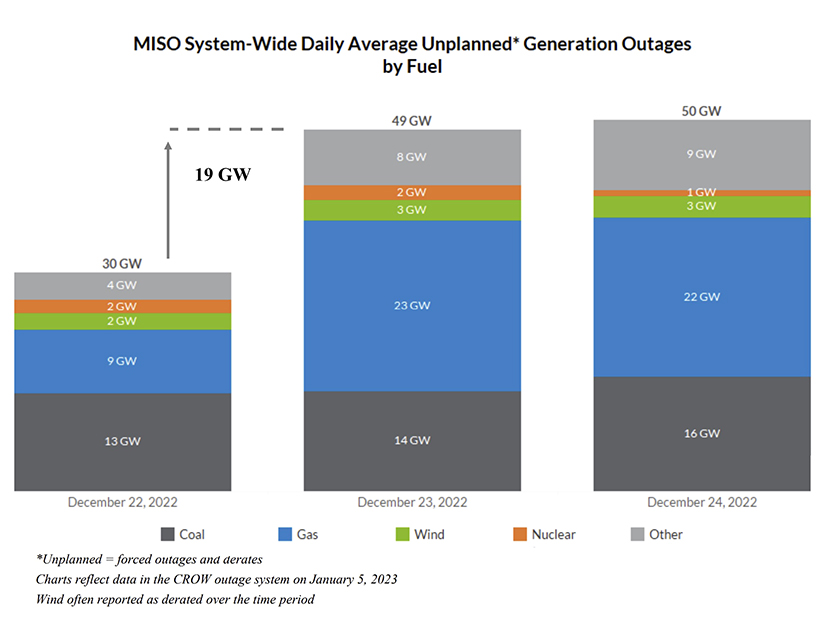Resource Adequacy
Resource adequacy is the ability of electric grid operators to supply enough electricity at the right locations, using current capacity and reserves, to meet demand. It is expressed as the probability of an outage due to insufficient capacity.
The Energy Bar Association Western Chapter heard panelists and CAISO's CEO discuss rapidly evolving efforts to organize markets and an RA program in the West.
MISO’s attempt to justify a new resource accreditation process gave way to heated debate over how to best alleviate the footprint’s reliability challenges.
MISO said a spring under typical demand and generation outages shouldn’t prove much trouble.
Citing reliability concerns, the NRC OK'd a request to keep Diablo Canyon Power Plant's two reactors running past their license expirations in 2024 and 2025.
FERC shut down a pair of requests for exemptions from a resource availability cutoff under MISO’s new availability-based accreditation method.
Texas regulators' recommended ERCOT market redesign was the primary topic of conversation during Infocast’s 11th ERCOT Market Summit.
PJM’s Board of Managers is opening an accelerated stakeholder process to address rising reliability concerns about the RTO’s capacity market.
The California PUC ordered utilities to procure an additional 4 GW of clean-energy resources by 2027 and said the state needs 85 GW of new resources by 2035.
New capacity being installed on PJM’s grid may not keep pace with rate of retirements and accelerating load growth, according to a pending PJM whitepaper.
MISO issued a breakdown of unplanned generation outages during Winter Storm Elliott, showing substantial unavailability across natural gas generation.
Want more? Advanced Search









